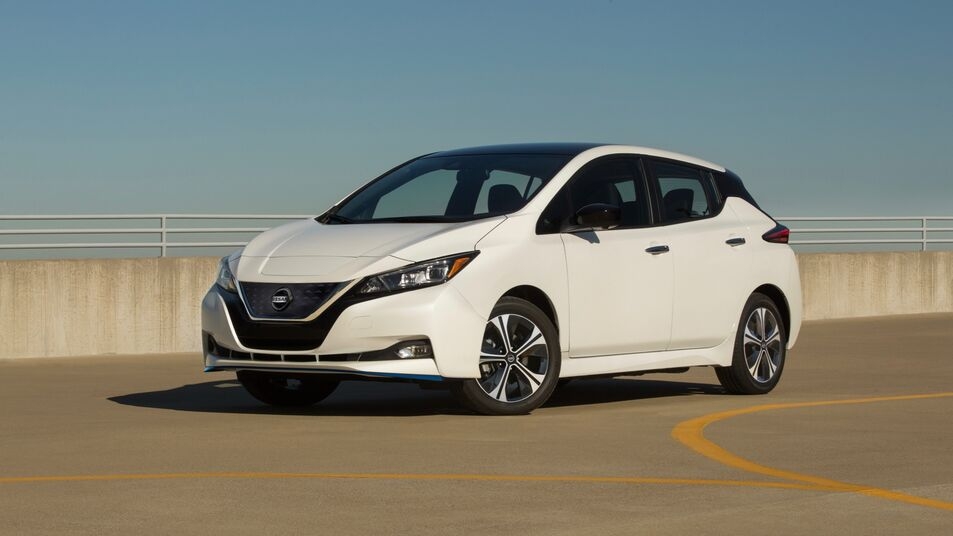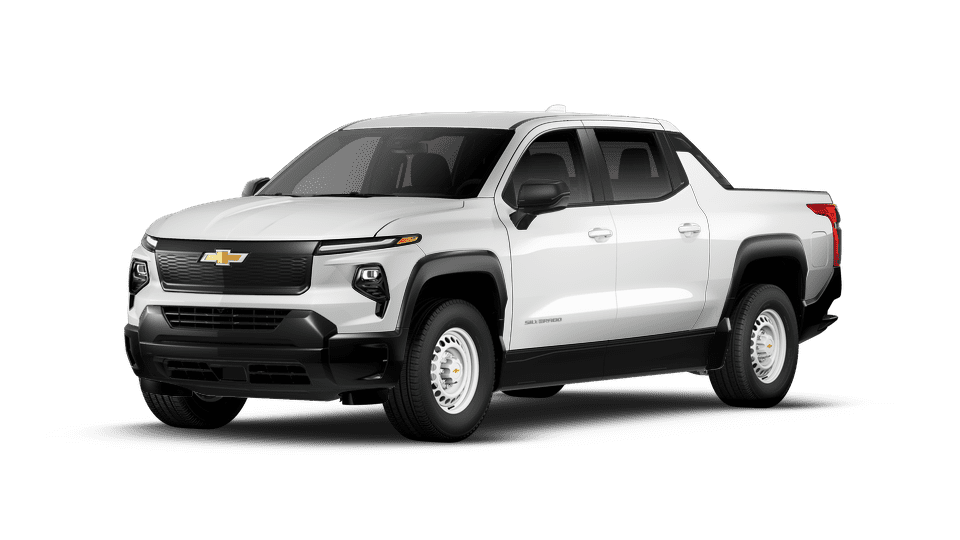The reality of OTA software in modern vehicles: upgrades, downgrades, and ownership gray areas that matter to every driver.
Your Car Is Always Online—Whether You Like It or Not
In 2026, owning a new car means owning a vehicle that’s constantly connected, constantly updating, and in many ways, constantly changing—without your permission. Over-the-air (OTA) updates were supposed to revolutionize automotive ownership. In some ways, they have.
A new map update. Smoother screen transitions. Quicker brake feel. Less phantom braking on autopilot.
But OTA isn’t always a benefit. Sometimes, you wake up to a new dashboard layout, a removed setting, a broken feature, or worse—one you now have to pay monthly for. The automaker controls the software. The software controls the car. And you? You’re not always in the loop.
We’ve been tracking OTA changes across the industry—from Tesla and BMW to Ford, Lucid, Rivian, Hyundai, and GM. Here’s what’s actually happening behind the screen, and why it matters for every modern driver.
What Exactly Is an OTA Update?
An OTA update is a wireless software patch or upgrade pushed to your vehicle through a data connection—either over Wi-Fi, cellular, or both. It can modify anything controlled by the vehicle’s electronic control units (ECUs) or central computing systems.
This means it can change:
- Your touchscreen layout and responsiveness
- Drive mode behavior and throttle mapping
- Navigation logic, charging strategy, and route planning
- Cabin comfort systems, HVAC presets, and seat control behavior
- Autopilot systems, lane centering, and emergency braking sensitivity
- App integrations, voice assistant behavior, and connectivity menus
If it’s controlled by software, it’s fair game for OTA.
When OTA Works: Real Upgrades With Real Value
The best OTA systems add features, fix bugs, and genuinely improve the vehicle after purchase—without requiring a service appointment. Here’s where OTA lives up to the promise.
Software Fixes Without a Dealership Visit
Infotainment bugs, frozen screens, backup camera glitches, laggy response times—these used to require a trip to the service department and a long wait.
Now, automakers like Tesla, Lucid, and Ford can patch these issues overnight. Owners report waking up to smoother menus, more accurate voice assistants, and corrected system crashes without lifting a finger.
Hyundai’s Ioniq 5 and 6 lineup also saw early infotainment freezes resolved via OTA. It took less than 10 minutes—no dealership visit, no recall.
Legitimate Performance Boosts
Tesla is famous for this. Model 3 and Y owners have received multiple boosts to acceleration, throttle mapping, and regenerative braking strength. BMW offered temporary horsepower increases on the i4. Rivian improved its R1T’s torque delivery curve and braking feel in low-speed trail modes.
Polestar pushed an update in 2025 that added 68 horsepower and sharper pedal response—after the car had already been sold.
In 2026, this continues. The cars are dynamic platforms. You’re not buying a finished product—you’re buying a base that can grow.
Expanded Features and Capability
Automakers have started using OTA to offer new tools and apps long after delivery. Tesla added Zoom meetings. Lucid added YouTube. Hyundai and Kia enabled traffic-aware smart navigation in supported trims. Ford added rear-seat seatbelt alerts and revised BlueCruise boundaries via software.
These are real value-adds—things that didn’t exist when the car left the lot.
When OTA Goes Wrong: Confusion, Downgrades, and Control Loss
As much as OTA has potential, its biggest problem is this: you don’t always have a say in what changes. The update might be automatic. It might be irreversible. And it might make your car worse than it was yesterday.
UI Redesigns That Break Familiarity
Tesla’s version 11 update reorganized climate controls, moved seat heating options, and changed visualizations for Autopilot—all without opt-in. Drivers hated it. Forums filled with complaints about muscle memory being broken and core settings being harder to reach.
Rivian’s most recent UX redesign buried drive modes behind extra menus. Lucid changed media control placement. BMW’s iDrive 9 completely changed layout logic and visual priority.
In all of these cases, there was no option to stick with the old version.
What feels like a simple refresh to the automaker can feel like a full system reset to the driver. And that breaks trust.
Feature Removal or Downgrading
In 2023 and 2024, Tesla began shifting away from radar sensors to vision-only Autopilot. This was done via OTA. Many drivers reported degraded performance—especially in low visibility conditions—without a hardware upgrade to compensate.
Some Tesla owners lost Park Assist entirely for months while the new vision-based system was being trained.
Ford’s Power-Up system disabled Apple CarPlay in some vehicles temporarily due to a certificate error. Polestar removed trip efficiency data in a software revision that was later re-added only after owner backlash.
When features go missing, even temporarily, the bigger issue isn’t just usability—it’s ownership. You bought the car with those features. And they’re gone.
Updates You Can’t Decline or Revert
Here’s the most troubling part. Most brands do not allow rollback of software. Once the update is in, it stays.
Tesla does not allow downgrades unless initiated by service. Ford Power-Up has no rollback protocol. Lucid provides limited OTA transparency, and updates install automatically unless the user catches the notice early.
This means your car might lose functionality, change behavior, or reconfigure its menus—and there’s no way to undo it.
For a product that costs $50,000 or more and handles life-critical tasks like steering and braking, that’s unacceptable.
Subscription Creep and Post-Sale Paywalls
OTA didn’t just bring software improvements—it opened the door for feature gating.
BMW tested charging for seat heaters. Mercedes charges for “Acceleration Boost.” GM locks Super Cruise access behind subscriptions even on vehicles with the hardware.
The trend is clear: the car is no longer just a one-time purchase. It’s a platform. And that means automakers are building long-term revenue models where your car’s best features might expire.
In some cases, the hardware is installed—but unless you pay monthly, it stays dormant.
From a business perspective, OTA makes it easy. From a buyer perspective? It feels like being nickel-and-dimed.
What Happens When OTA Breaks Something?
OTA updates are software. Software breaks. And when it breaks a $60,000 vehicle instead of a smartphone, the consequences are bigger.
Rivian has experienced delays in OTA rollouts due to software regression bugs. Tesla has had Autopilot disengagements and app pairing failures post-update. Ford’s infotainment crashes increased after an update to their Sync 4 system in mid-2025.
Without clear patch notes, rollback capability, or meaningful user control, drivers are left waiting for a fix—or stuck with a degraded experience.
How Brands Compare in 2026
Tesla: Still the leader in speed and scope of updates. Fastest rollout times. Best performance tuning via OTA. But zero transparency, no rollback, and often no notice of UI changes.
Lucid: The most refined OTA behavior in luxury. Updates come slower but are more stable. Clear notes. Good system polish. Better respect for owner workflow.
Ford: Making major gains, but still behind on reliability. Update notes are often vague. Mixed results depending on vehicle line.
Rivian: Strong innovation. Great at trail mode refinement, interface polish. Still working through bugs, pacing issues, and inconsistent OTA behavior.
BMW: Highly flexible but deeply commercialized. Great modular OTA framework. Too many features behind paywalls. Not transparent about subscription layers.
GM: Minimal OTA transparency. Ties most updates to OnStar platform. Weak owner control. Patch notes often unclear.
Toyota: Very limited OTA support outside of navigation and connected services. Infotainment improvements via OTA are rare.
What We Think
Over-the-air updates are not just a software feature—they’ve become part of the ownership experience. And right now, that experience is deeply inconsistent.
Done right, OTA makes your car smarter, faster, and more reliable. Done wrong, it breaks trust and erodes the idea of ownership.
The problem isn’t the concept. It’s the execution.
Drivers don’t want surprise updates. They want control. They want clear patch notes, opt-in toggles, rollback options, and updates that respect how they already use their vehicle.
If a software change affects steering, braking, lane assist behavior, or menu location—it should come with a warning, a preview, and the option to wait.
If it removes a feature you paid for—or downgrades it—it should be your right to refuse it, reverse it, or get compensated for the loss.
In 2026, automakers are treating cars like they treat phones. But a car is not a phone. A bad update doesn’t just annoy you—it can interfere with your safety, your commute, and your life.
Here’s what needs to happen going forward:
- Updates must be optional and reversible
- Patch notes should be specific, honest, and available in advance
- Critical features should not change without consent
- No more hiding features behind monthly subscriptions if the hardware is present
- Owners need a way to dispute or opt out of unwanted changes
You’re not leasing a software service. You’re buying a car. It should stay yours—today, tomorrow, and years from now.
If OTA is going to lead the future, it has to work better for the people actually using it.
Stay with BidForAutos.com for more tech breakdowns, real-world reviews, and no-nonsense advice for modern drivers.







